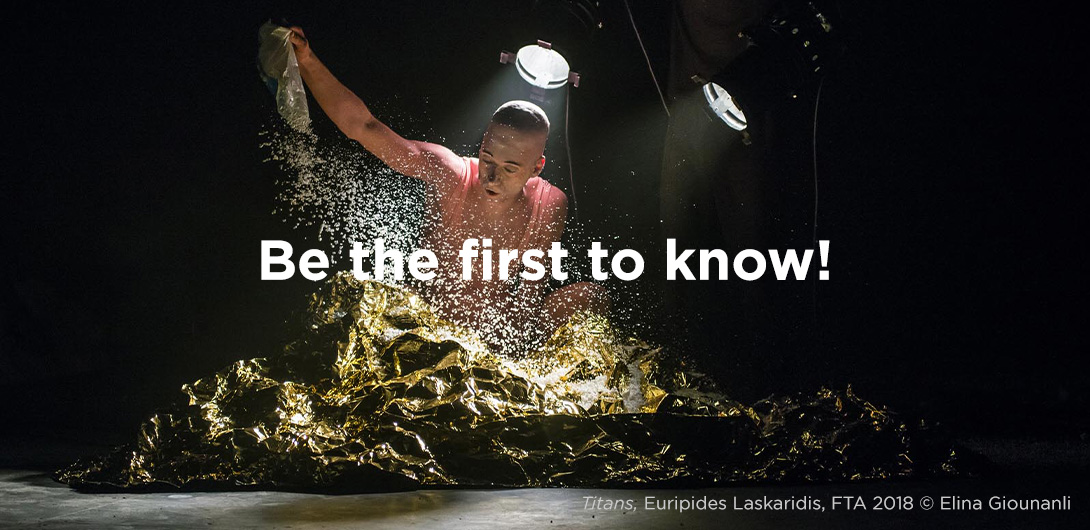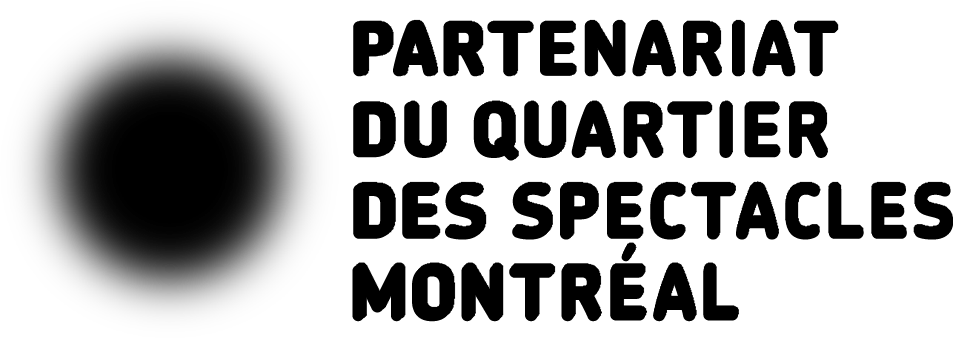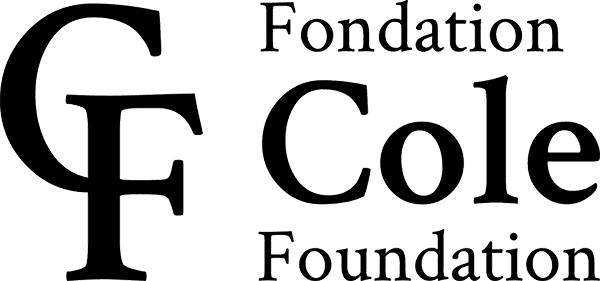“Emptiness,” “fading,” “dissolution”: the titles of your pieces often evoke a poetics of erosion and decay. How is your current work in line or in opposition with this minimalistic imagery?
First of all, I have to mention that I never start out with a theme or a specific topic when I begin a project. In the studio, I’m mostly focused on the impulses that arise; on what is happening within the bodies.
A year ago, the brief return to rehearsals was a moment of great bliss and elation. We were extremely grateful to be finally back together. To preserve the essence of this encounter, and because we couldn’t be in contact with one another once again, we have begun exploring other forms of connection and resonance. The idea was to inhabit the distance between us in new ways. We even dabbled in telepathy. We were truly looking for a form of spiritual elevation, hoping to interact with the invisible.
This quest occurred out of necessity, in spite of us. And until quite recently, I was convinced that we would continue along this path, with this minimalistic state of mind, aiming to seize the mysteries of existence.
But along the way, my state of mind shifted and I was once again struck by the violence of the world. And so, other needs arose… including the need to play death metal at full volume and to bask in it.
How do you go from a desire for contemplation and spiritual elevation to the dense and aggressive screams of death metal?
The thing is, we became caught up in this meditative and contemplative choreographic abstraction. And also, in this aesthetic of care that is a sign of the times. Let me clarify. It was important to me that this choreographic approach involve a purification and economy of movement.
Therefore, I developed a complex graphic score based on very simple, quasi-mechanical gestures. At one point, the dancers gather in the middle to form what we call the turntable. It is a collective kaleidoscopic figure wherein they revolve together in a continuing and systematic way.
At first, I hadn’t realized just how difficult this seemingly innocuous score was. But it is actually a great physical and mental challenge (especially a mnemonic one). There is also a form of injustice that develops among the performers. Those who are farthest from the centre have to make twice as much effort to maintain the collective unity. At one point, they look like race horses: they’ll do anything to succeed. There is a tension between the exhilarating contraption they find themselves in and the rather violent challenge to their body, which has to keep striving to conform in order to uphold their cohesion. Of course, there is something absurd in all this. They are stuck in the machine all the while being the machine itself. A simple game quickly becomes a mandatory one. So, when I arrived with death metal during rehearsal, we all felt a great relief. A cathartic ecstasy.
This sounds like an attempt to get rid of a form of pressure, an accumulated tension in the bodies. What exactly is Les jolies choses reacting to?
Most likely to make-believe. To the tension between the collective ideals onto which we project ourselves and the current reality of the art world. The piece is probably a reaction to the utopia of harmonious coexistence and the difficulty to achieve this impossible goal.
When I think of this friction, the society of the spectacle hits me like a ton of bricks. I am also reacting to myself. To the efforts I need to expend in order to preserve my artistic identity and my own ideals. I feel myself reacting strongly to the way the system moulds us to be appealing, to the idea of seduction and to the expectations towards spectacle.
I feel the need to avoid a form of complacency by cutting the threads, at the risk of becoming unappealing. There is a fruitful rage fuelling the piece, a moment of almost adolescent rebellion—the expression of a desire to reclaim our creative autonomy and freedom.










